Kaua’i, often called the “Garden Isle,” is one of Hawaii’s most enchanting destinations. Known for its lush landscapes, dramatic cliffs, and pristine beaches, Kaua’i offers a unique blend of adventure, relaxation, and cultural experiences. Whether you’re a nature enthusiast, beach lover, or cultural explorer, here’s a curated guide to the top things to do in Kaua’i.
The Nā Pali Coast is a breathtaking stretch of rugged cliffs rising above the Pacific Ocean. Known for its emerald valleys and cascading waterfalls, it’s best experienced by boat, kayak, or helicopter. This coast is one of the most recognizable and most beautiful coasts in the world!

Often called the “Grand Canyon of the Pacific,” Waimea Canyon boasts dramatic red and green hues, deep valleys, and panoramic lookouts. This canyon is 10 miles long, its widest point reaching about a mile, and with a staggering depth of 3500 feet. The Hawaiian term "Waimea" translates to reddish water, with the bottom of the gorge featuring these red waters.
For hikers, trails like the Canyon Trail to Waipo'o Falls offer a chance to experience the canyon’s beauty up close. Plan your visit with Hawaii State Parks.
https://gostateparks.hawaii.gov/
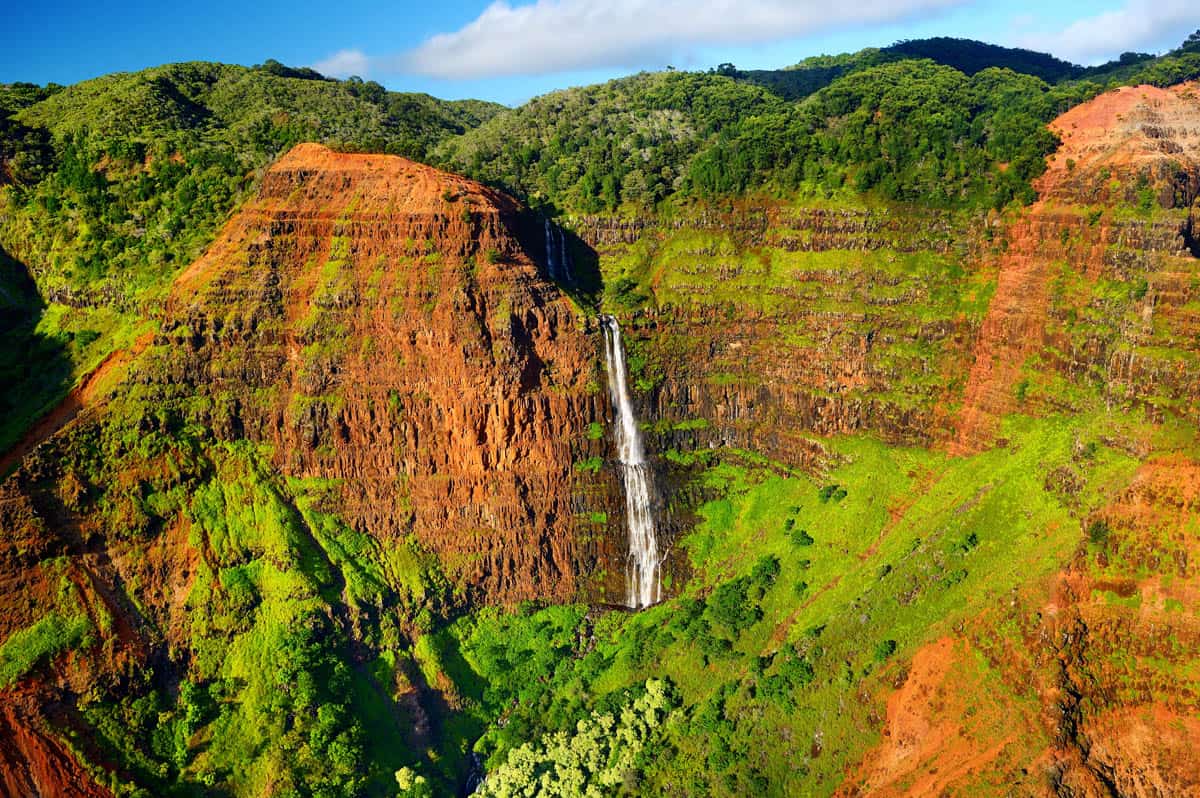
With its crescent-shaped beach and backdrop of verdant mountains, Hanalei Bay is one of Kaua’i’s most iconic locations. Located on the Northshore of Kaua'i and gives the best vibes of Kauai's laid back energy, This bay was built in the late 19th century as a sugar and rice transportation hub. This is a very popular spot amongst locals and visitors alike, used for fishing, picnics, or even watching the beautiful golden sunset over the pacific horizon. Making this and excellent place to swim, surf, or even sunbathe in the summer time.
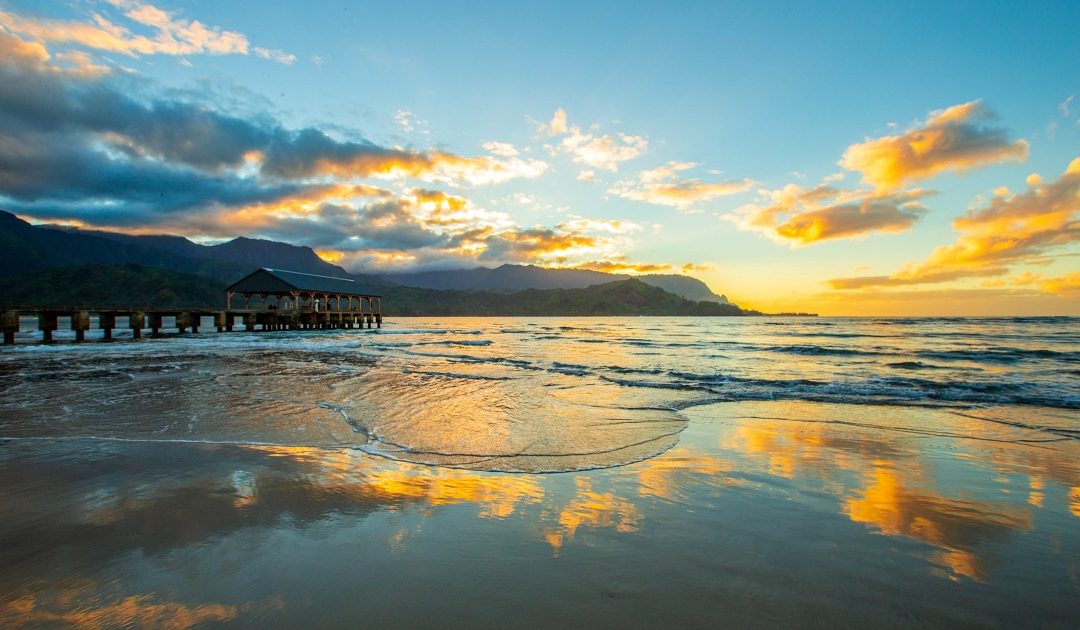
Located just north of Līhuʻe, Wailua Falls is an easily accessible double waterfall plunging over 80 feet. Found at the south end of Wailua river, Wailua Falls can be scene from the roadside, with a very easy hike down. The surrounding scenery makes these falls looks even bigger than it is!
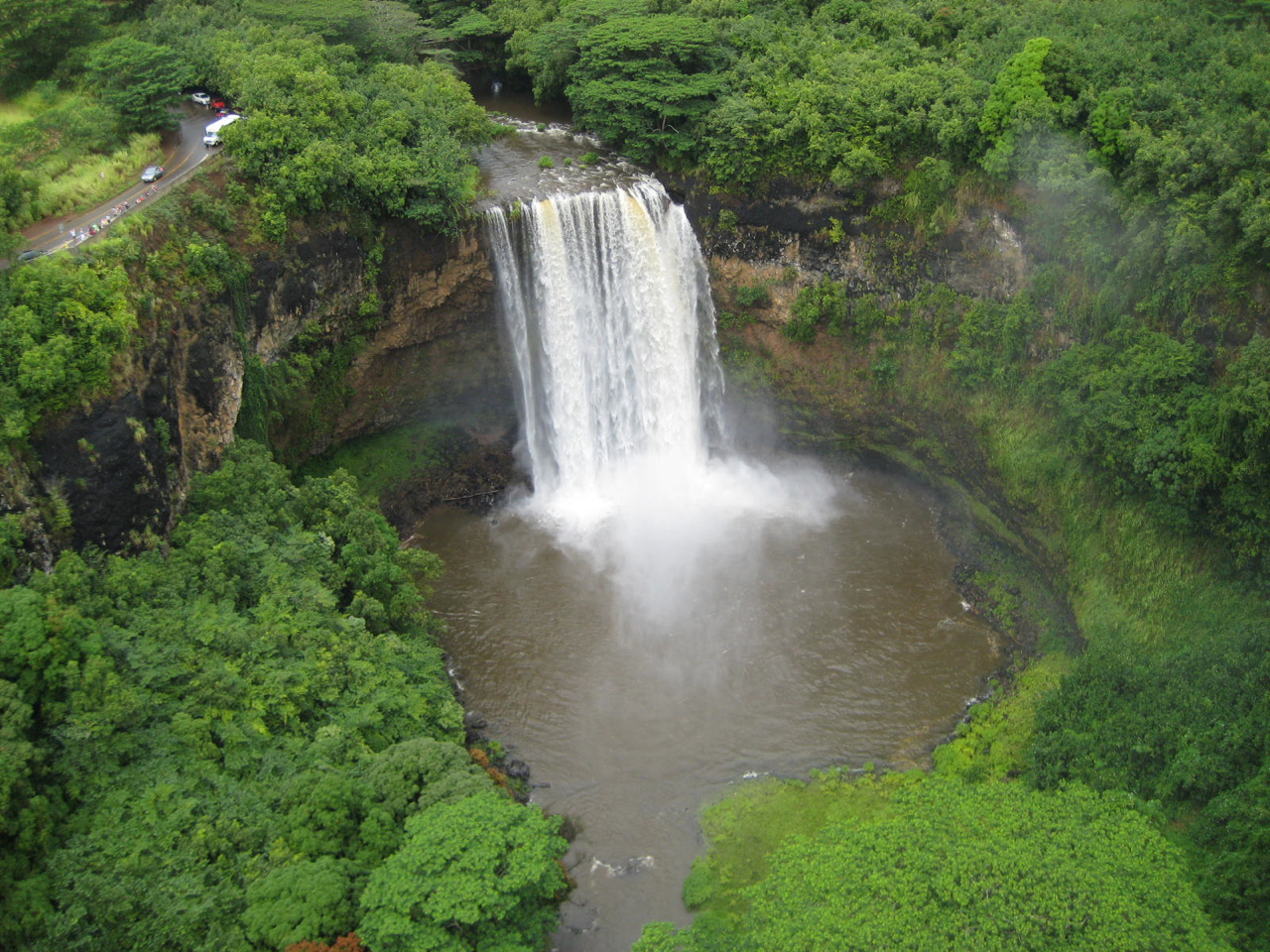
Adjacent to Waimea Canyon, Koke’e State Park offers cooler temperatures, native forests, and stunning views of the Napali Coast. Koke'e State Park is spread over 4,300 acres, covered with lush fauna, and beautiful hiking trails. For those interested in the history of the area, the Koke'e Natural History Museum is amazing for any information regarding the area.
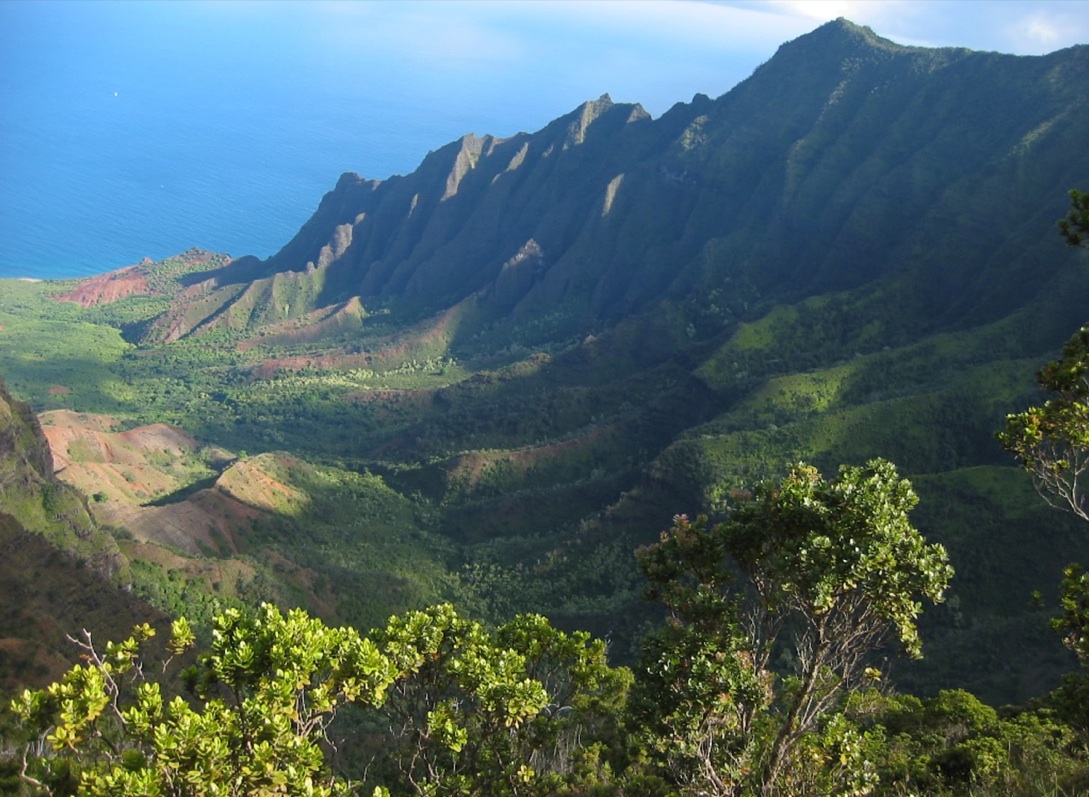
On the sunny south shore of Kaua’i, Poʻipū Beach is renowned for its golden sands and family-friendly waters. This mesmerizing beach offers picturesque clear waters, amazing sunbathing, and you may get lucky and be visited by a Hawaiian Monk Seal. This beach park is perfect for many families looking to enjoy a day of leisure, offering life guards, showers, and easy wading waters.
Nearby resorts, like Koa Kea Hotel & Resort, offer luxurious amenities.
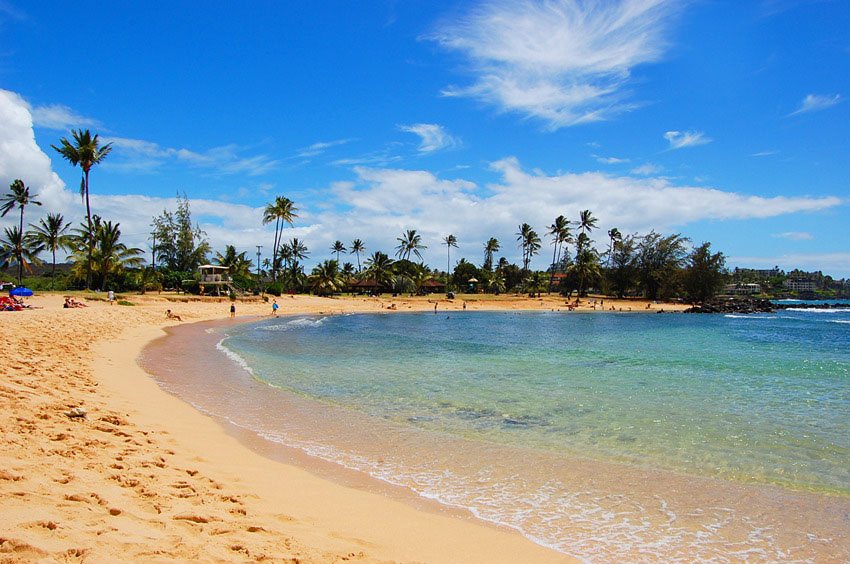
For an invigorating hike with panoramic views of the island’s east side, tackle the Sleeping Giant Trail.This moderate trail winds through forests to a rocky summit, offering expansive views of Wailua and beyond. Get details on AllTrails. The Nounou Mountains resembles a sleeping giant that is lying on his back. Hawaiian stories tell of a giant who fell asleep after eating a large meal.
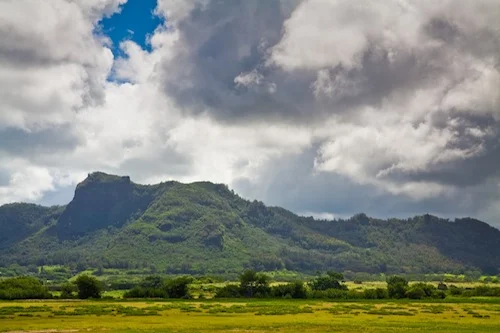
Immerse yourself in Kaua’i’s natural and cultural history at Limahuli Garden, part of the National Tropical Botanical Garden.Explore native plants, ancient terraces, and learn about traditional Hawaiian land use. Visit Limahuli Garden for hours and tour options.
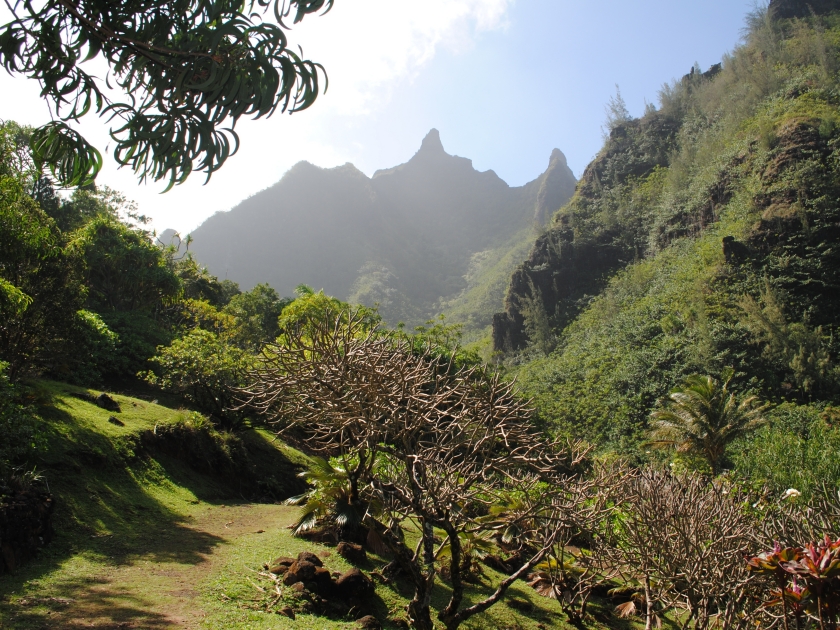
The Wailua River is Kaua’i’s only navigable river and offers a tranquil experience surrounded by lush landscapes. A very popular attraction that is known for its scenic beauty, and one of the only navigable rivers in Hawaii.
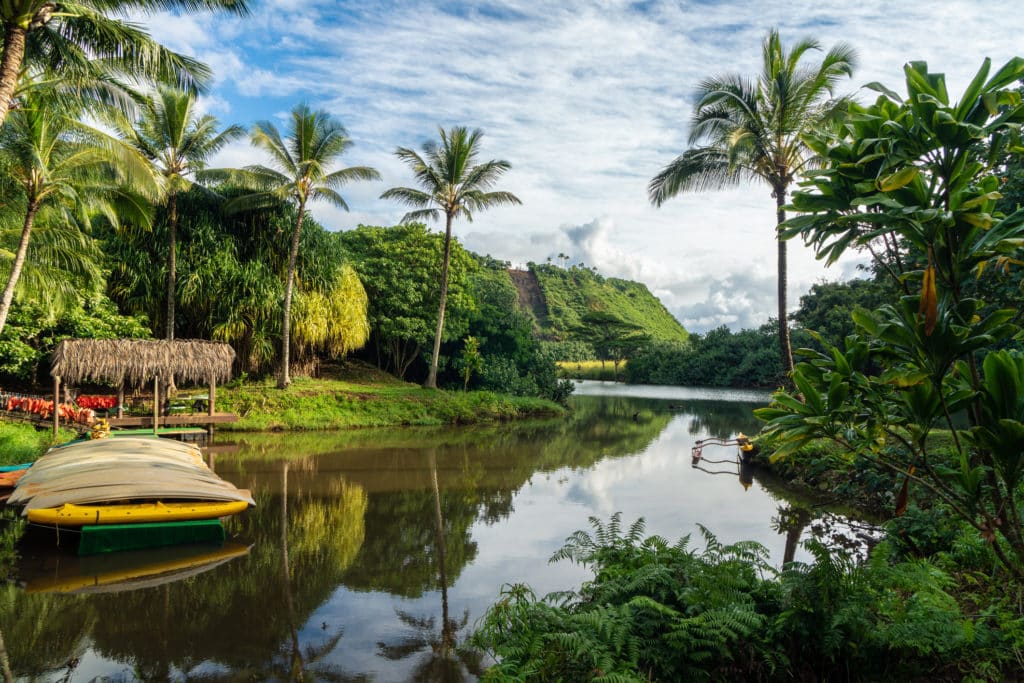
Experience the rich culture of Kaua’i with a traditional Hawaiian luau. Enjoy Polynesian dancing, music, and a feast of local dishes.Popular choices include Smith’s Tropical Paradise Luau (Smith’s Kauai), Luau Kalamaku (Luau Kalamaku), and the Grand Hyatt Kauai Luau (Hyatt Luau).
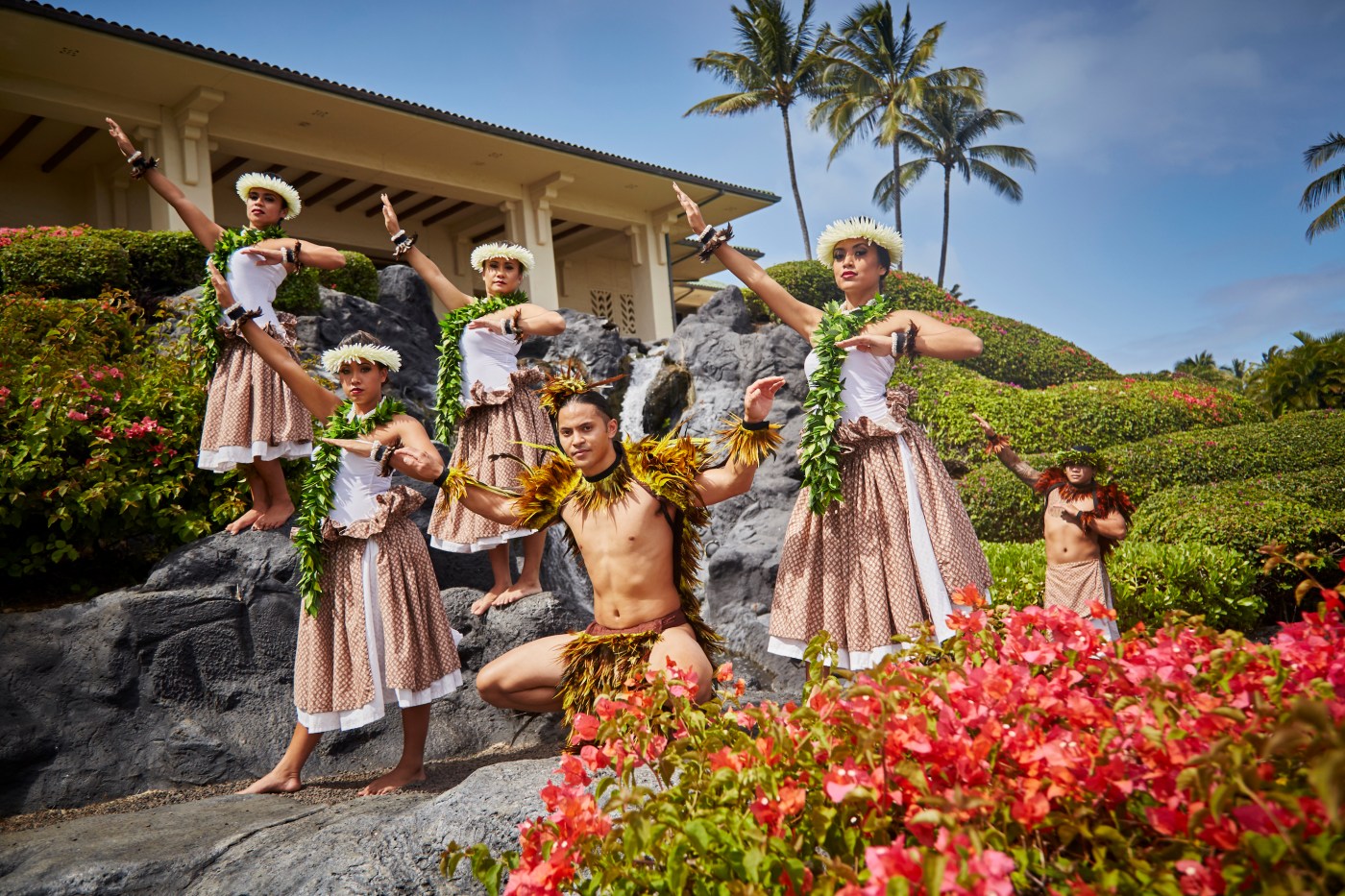
Kaua’i’s blend of natural wonders, cultural heritage, and island charm make it a must-visit destination in Hawaii. Whether you’re chasing waterfalls, relaxing on pristine beaches, or exploring lush gardens, the Garden Isle promises unforgettable experiences for every traveler.
As you plan your Kaua’i adventure, consider booking tours and activities in advance, especially during peak seasons. From dramatic landscapes to warm hospitality, Kaua’i is sure to leave a lasting impression.
Here are the many informational blogs about life on Maui, Hawaii and the many things to do:
In the misty uplands of Waimea, through the rolling pastures of Molokaʻi, and across the sprawling ranches of upcountry Maui, a powerful legacy lives on—that of the paniolo, Hawaii’s cowboys. While many recognize them for their rugged horsemanship and contributions to island ranching, few understand the depth of their impact on Hawaiian identity. Beyond wrangling cattle and riding horseback, the paniolo were instrumental in preserving Hawaiian language and culture during one of the most turbulent eras in the islands' history.
The story begins in the early 19th century. After British explorer George Vancouver gifted cattle to King Kamehameha I in the 1790s, those animals multiplied unchecked, becoming a growing threat to farmland and forests. To manage the explosive cattle population, Kamehameha III (Kauikeaouli) invited experienced Mexican vaqueros—Spanish-speaking cowboys from California—to the Hawaiian Islands in the 1830s.
These vaqueros brought with them expertise in ranching, roping, saddle-making, and horsemanship. Hawaiian men were quick learners, absorbing these new skills and adapting them to their own environment. Over time, the Hawaiian term paniolo, believed to derive from “Español,” came to represent this new breed of cowboy—one who blended Hawaiian tradition with Mexican technique.
But the influence of these vaqueros ran deeper than the physical skills they taught. They shared a way of life grounded in respect for the land, strong family ties, music, and storytelling—values that mirrored those in traditional Hawaiian society. The result was not just a new profession, but a new cultural identity: the paniolo, proud stewards of the land (kuleana) and protectors of Hawaiian spirit.
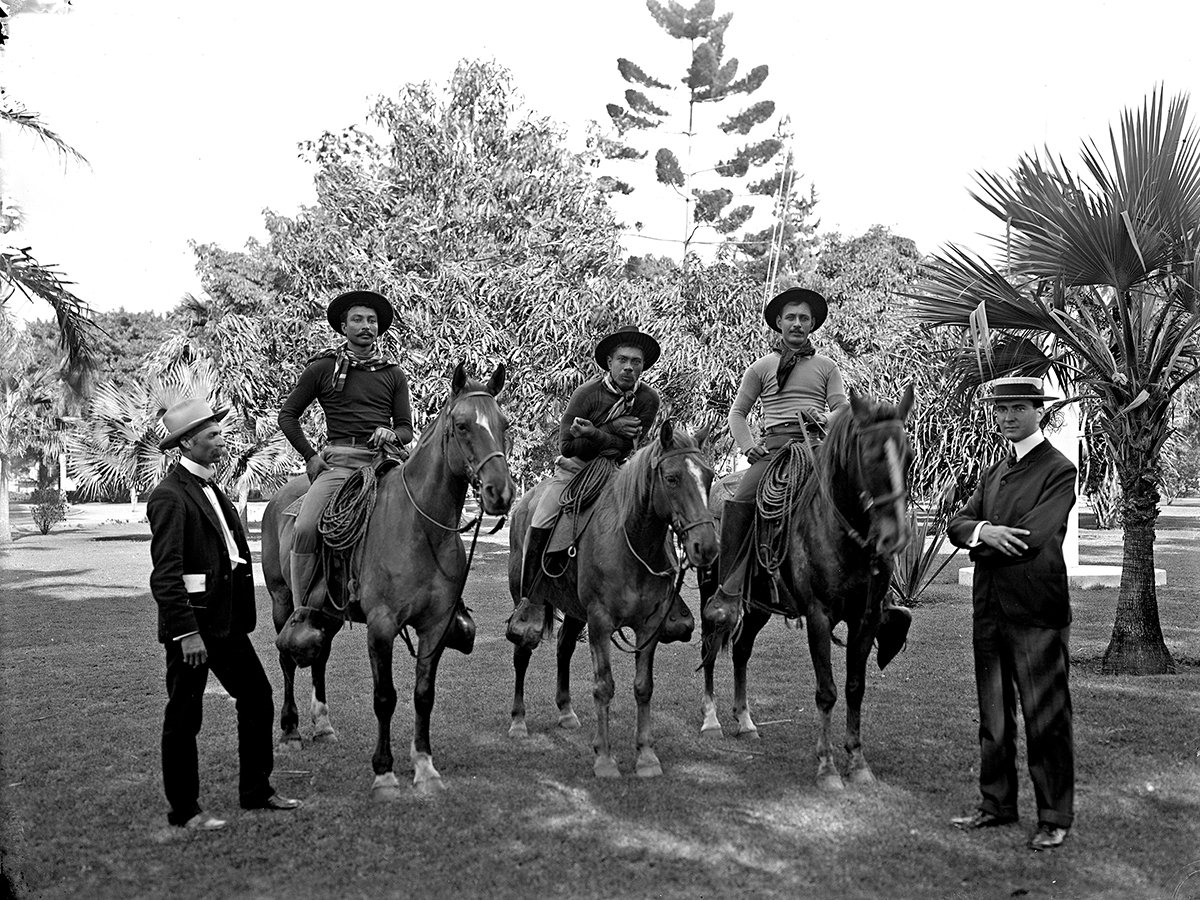
While the paniolo helped birth a thriving ranching economy, their most profound contribution may have come decades later, when Hawaiian identity faced near erasure.
Following the illegal overthrow of the Hawaiian Kingdom in 1893 and the subsequent annexation by the United States in 1898, sweeping changes were forced upon the islands. In 1896, Hawaiian was banned as a language of instruction in schools. Speaking the language in public was discouraged or outright punished sometimes, punishable by death. English-only policies became a tool of cultural suppression, designed to assimilate Native Hawaiians into Western norms.
In cities and towns, this pressure took its toll. Hawaiian children were discouraged from speaking their mother tongue, and generations began to grow up without fluency in their native language. But in the countryside—on the remote ranches of Hawaiʻi Island, Molokaʻi, and Maui—the story was different.
The paniolo lived far from government centers and urban control. On the ranches, Hawaiian remained the language of daily life. Cowboys spoke Hawaiian in the fields, at home, in song, and in prayer. Oral traditions, chants (oli), and ancestral knowledge were passed from parent to child without interruption. These ranchlands became cultural sanctuaries, where Hawaiian identity endured in spite of official efforts to silence it.
The paniolo didn’t set out to be activists or revolutionaries—they simply lived according to the values of their ancestors. In doing so, they kept the language alive when it was outlawed. They kept aloha ʻāina—love of the land—at the core of their daily lives. They upheld ʻohana—family—and the importance of story and song. And perhaps most powerfully, they maintained a sense of pride in being Hawaiian, even when the dominant culture tried to erase it.
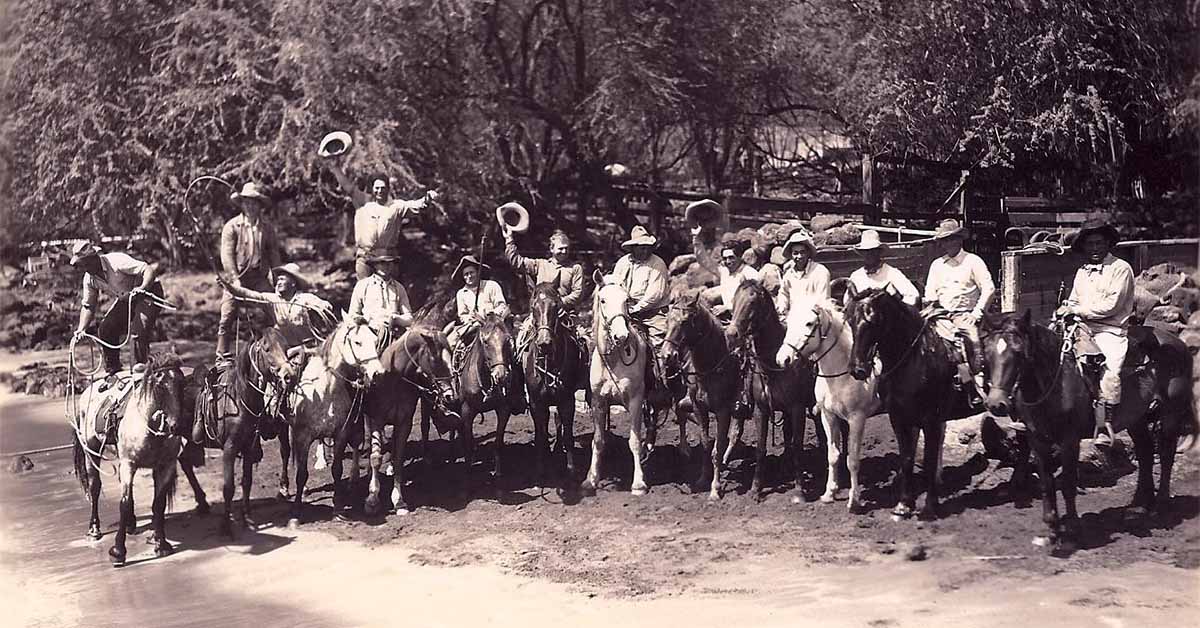
The legacy of the paniolo endures today not just through ranching, but through rodeo culture, which remains vibrant in rural Hawaiʻi. These events—held annually in towns like Makawao, Waimea, and Kaunakakai—are more than just competitions. They are celebrations of identity, where Hawaiian language is spoken freely, and traditions are proudly displayed.
Slack-key guitar and mele paniolo (cowboy songs) echo through the air, telling stories of hardship, humor, and heritage. Rodeos serve as modern spaces where Hawaiian values and community thrive—further testament to the paniolo’s role in cultural preservation.
If you are interested in booking tickets or more information on the Makawao Rodeo here are links to booking, etc.
Bookings: oskiericeeeventcenter.com
Information: https://bossfrog.com/makawao-rodeo/general/
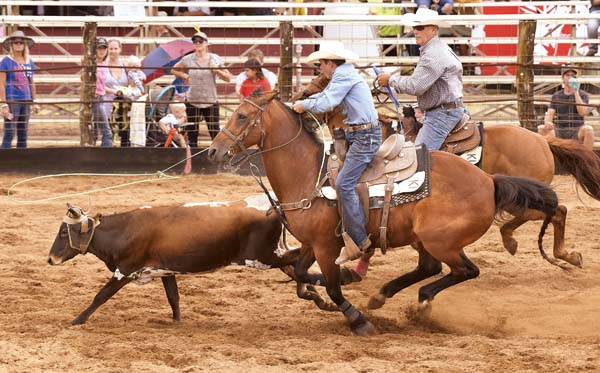
When the Hawaiian Renaissance began in the 1970s—a movement aimed at restoring language, culture, and sovereignty—it found that the roots had never been fully lost. In part, that was thanks to the paniolo. The oral language, still spoken fluently by many elder cowboys, became a lifeline for linguists and educators rebuilding curriculum for Hawaiian language immersion schools. The values embedded in paniolo life—self-reliance, stewardship, and storytelling—matched perfectly with the goals of the movement.
Today, many Hawaiian immersion programs and cultural centers recognize the contribution of paniolo families in preserving the language. Elders who once roped cattle are now seen as cultural heroes—unintentional but vital defenders of Hawaiian heritage during a time of crisis.
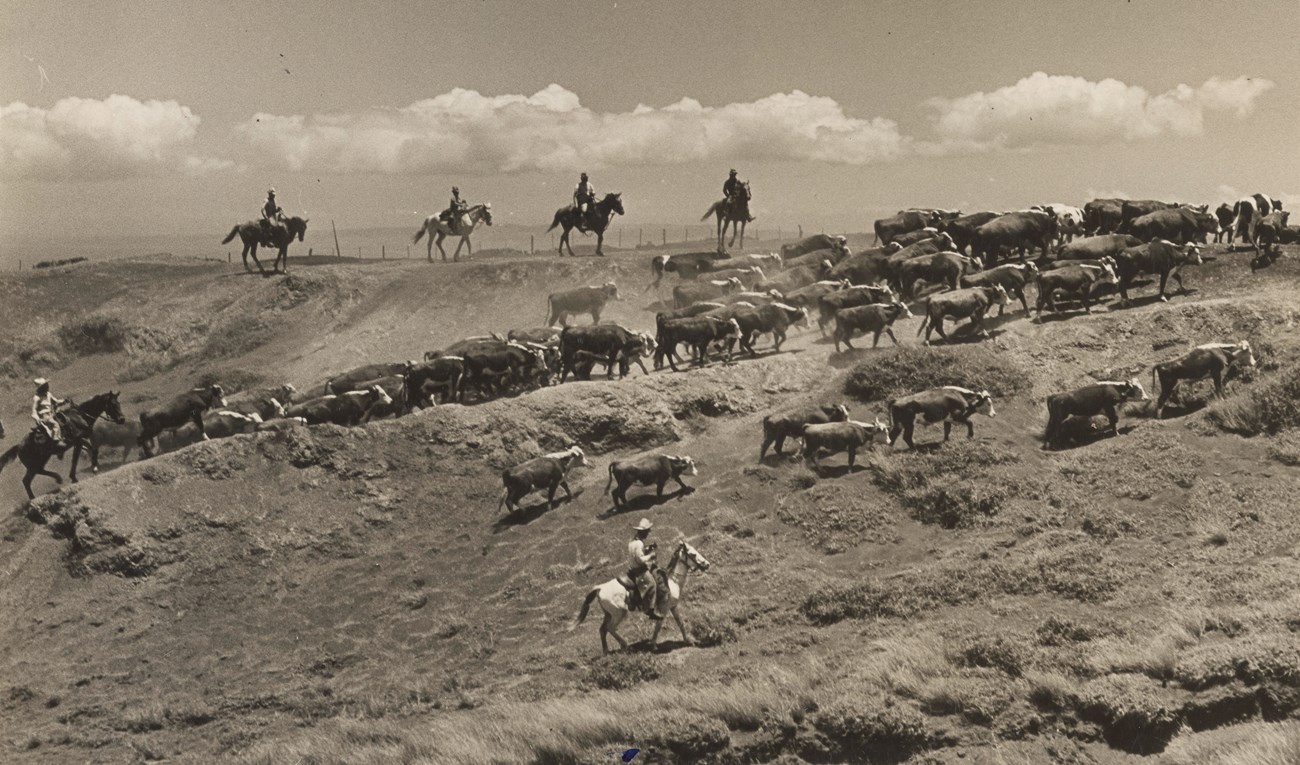
The story of the paniolo is not just about cattle or cowboy hats. It’s about resilience. It’s about a group of people who, through quiet strength and cultural pride, preserved a language and identity that others tried to erase. The legacy of the Mexican vaqueros lives on through them, but the spirit of the paniolo is deeply, undeniably Hawaiian.
So next time you hear a cowboy song in Hawaiian, see a young rider at a rodeo, or visit the open pastures of upcountry Maui, remember: you're witnessing the continuation of a legacy that refused to be silenced.
Here is a link to the many other blogs about and of Hawai'i / Maui: